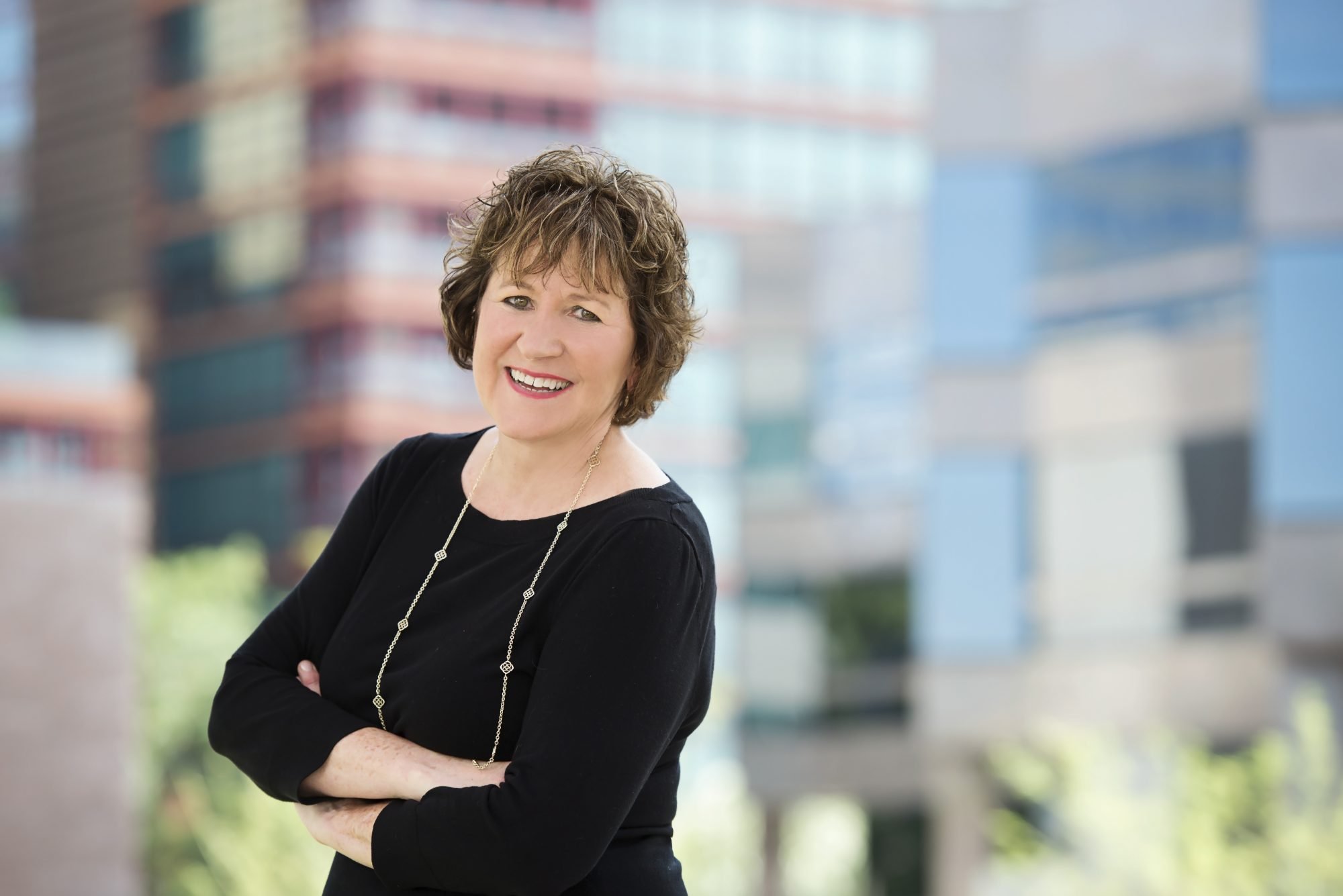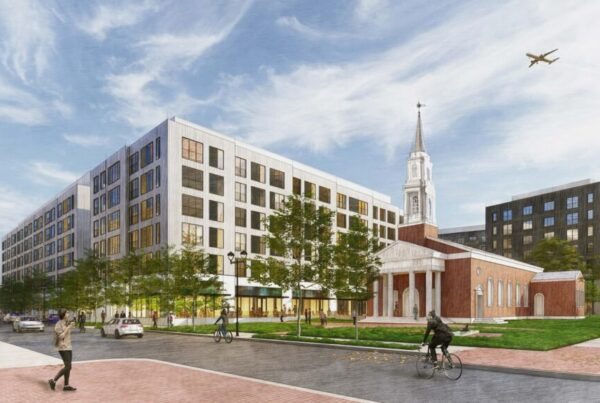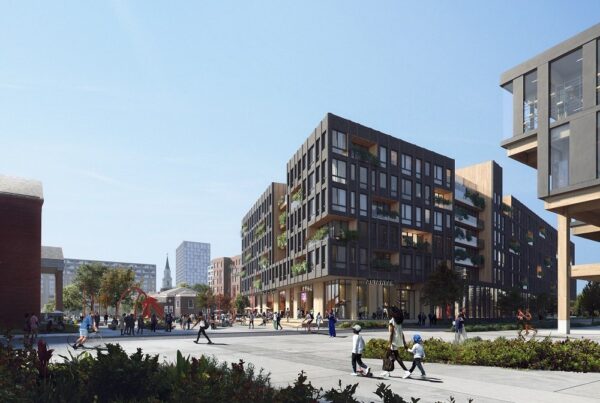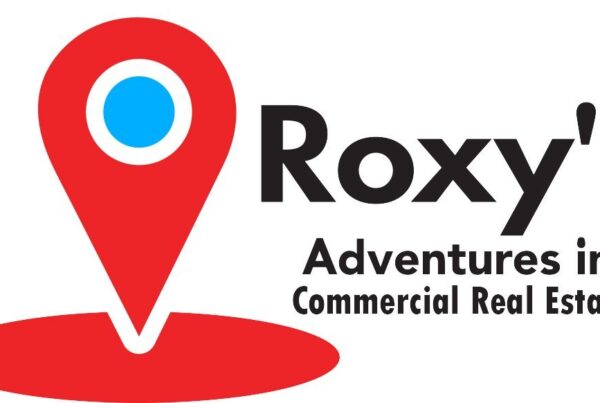This post originally appeared on Ensemble Real Estate Solutions’s Blog and is republished with permission. Find out how to syndicate your content with theBrokerList.
 By Tracy Altemus, CCIM, Executive Vice President, Brokerage Services, Ensemble Real Estate Solutions
By Tracy Altemus, CCIM, Executive Vice President, Brokerage Services, Ensemble Real Estate Solutions
CCIM/IREM 2021 Economic Forecast in Phoenix
K.C. Conway, CCIM, CRC, MAI, the Chief Economist for the CCIM Institute, was the keynote speaker at the recent CCIM/IREM 2021 Economic Forecast in Phoenix. The main message that came through loud and clear was that, despite what we have been through with Covid-19, Arizona is still going strong and he expects that to continue for the near future. Arizona was the only state that ranked in the top 5 states for the most inbound moves in both United Van Lines and U-Haul reports for 2020. And the good news for Arizona is that businesses follow rooftops, so the outlook is bright overall, but there are some vulnerable sectors.
Arizona was the only state that ranked in the top 5 states for the most inbound moves in both United Van Lines and U-Haul reports for 2020. Click To Tweet
According to the Iowa Economic Development Authority which tracks economic factors in all 50 states, Arizona ranks good in higher education and high in fiscal health. Evidence of Arizona’s strength is in the recent announcements of Intel adding two more factories for $20B in the Phoenix suburb of Chandler and Taiwan Semiconductor Manufacturing Co. is building a new $12B advanced chip factory in northwest Phoenix on 1,100 acres. Together they will inject $32B into the Arizona economy, a move that is heralded as the largest private sector investment in the state’s history. Lucid Motors and Electra Meccanica also selected Arizona to build their massive electric automotive manufacturing facilities. Arizona is quickly becoming a manufacturing mecca for a state that used to be known for mining and agriculture, which means high-skilled and high-wage jobs.
On the negative side, Arizona like the rest of the country is seeing its highest percentage in the history of 18-29-year-olds still living at home or renting. They are not buying real estate nor forming households which is a concern for the long term. Short term, it is good for retail and multifamily housing because they have more disposable income for those pursuits.
On a national basis, there is a potential for a few issues in the economy:
- Bank closures and state and local government bankruptcies are up and more are likely to happen.
- The Fed balance sheet has grown exponentially with stimulus funds to prop up the economy.
Consequences of these issues are inflation and more foreclosures as loan and rent forbearances are burning off. Arizona still seems well-positioned to deal with these issues in the near term.
There were four panels of brokers, owners, developers, property managers, and related parties who provided their insight into the Phoenix metropolitan market for industrial, retail, office/medical, and multifamily. Some highlights from the panels are:
Industrial
Industrial is the hot real estate segment in Arizona today. High tech, manufacturing, R&D are becoming the mainstays in the Arizona economy and that is good news for industrial real estate. Leasing and sales are both going strong and are expected to do so for the foreseeable future. There is more focus now on quality build-outs and more air-conditioned spaces as employers vie to attract and retain a quality workforce. Metro Phoenix has a good labor supply and housing is still affordable so it is all a recipe for success in the industrial space right now.
Industrial is the hot real estate segment in Arizona today. High tech, manufacturing, R&D are becoming the mainstays in the Arizona economy and that is good news for industrial real estate. Click To Tweet
Office
Office commercial real estate is beginning to feel some effects of the pandemic. Owners are working through tenant rent relief requests, and employers find they don’t need as much space because working from home, well, worked! Although absorption for 2020 was positive, a 93% decline in net absorption from 2019 and approximately 2.2 million square feet of occupied space (expected to be 3 million square feet by year-end) went up for sublease at a 25%-50% discount. But out of 100 million square feet of office space in Metro Phoenix, that is a relatively minor amount of space. That said, we aren’t sure when the end is in sight. CoStar Analytics recently reported the Phoenix office availabilities have reached their highest rate since 2015. They reported that “leasing activity in the first three months of 2021 was about half the amount recorded during the same period last year, and sublease availabilities have more than doubled over the same period”.
Healthcare
Healthcare real estate faired pretty well throughout the crisis, even though some services were halted and office visits were down. Physicians adapted with telemedicine and new social-distancing practices and once allowed back to work, it was business as usual. Sheila Bale, from Cushman & Wakefield, said that, in the end, their healthcare business actually quadrupled during this time but it is also changing. More than 50% of their tenant representation for medical is ending up in retail centers because they can’t find what they need in traditional medical buildings. And rates in retail are generally substantially higher than in medical offices and with lower tenant improvement allowances.
Multifamily
Multifamily is hot in Phoenix and recovery started early in September 2020 and is still going strong. It did come to a halt in the second quarter of 2020 but picked up quickly to reach nearly the same level of activity as pre-pandemic or even more by the second quarter of 2021. During the worst of the Covid crisis, requests for abatement were up, but payment plans were being made and honored for the most part. In the short run, we might be overbuilding in certain areas for the next 30 months but they think it will balance given the net in-migration into Phoenix. In some areas, we will be underdeveloped so there are some opportunities there. Cap rates are in the sub fives and sales are very strong. Long term we have a lot of runways left for growth.
Retail
Retail was hit hard by the pandemic but it isn’t one size fits all. Those with drive-throughs did better; power centers with big-box retailers were more vulnerable and malls were already on their way out so Covid just hastened the exodus and move to reposition them. As the state re-opens much of retail will come back stronger and will continue to evolve. Malls are reinventing themselves with retail incorporating hospitality and multifamily. Malls have great locations and parking so they have the right combination to successfully emerge, albeit more densely planned. Medical uses are becoming more common in retail and traditionally many tenants didn’t want to co-locate with medical because they were such large parking users. But now retailers are seeing that medical generates a lot of traffic and could benefit them and landlords like medical users because they typically prefer longer leases and are more financially stable to keep up with the rent. The bottom line is the growth of the Phoenix economy can only bode well for retail, although the face of it (ie tenant mix) may be different than traditional retail.
Malls are reinventing themselves with retail incorporating hospitality and multifamily. Malls have great locations and parking so they have the right combination to successfully emerge, albeit more densely planned. Click To Tweet
Despite the issues that all sectors were dealt with during the pandemic, the outlook for 2021 and the near term for the Phoenix metropolitan area is positive due to many reasons such as Phoenix’s strong in-migration, job market, and favorable economic factors.



